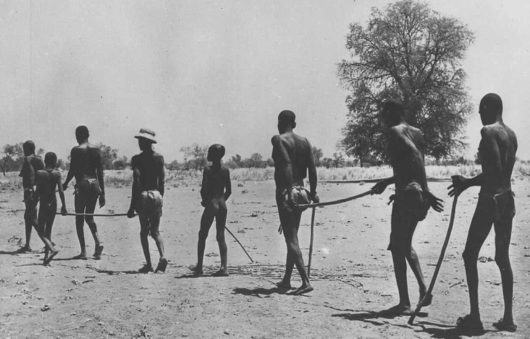Onchocerciasis, also known as river blindness, is caused by Onchocerca volvulus, a tissue nematode transmitted to humans by the bite of black fly inhabiting the banks of fast-moving streams in equatorial Africa. This nematode produces microfilariae that cause inflammatory damage to the cornea and optic nerve. Some 270,000 people are living with blindness caused by onchocerciasis and another 500,000 suffer permanent visual impairment.
Could you recognize a person with onchocerciasis? The gold standard diagnosis is made by examining skin snips demonstrating the presence of microfilariae. When placed in saline, the microfilariae emerge from the skin. The treatment medication of choice is ivermectin. Annual or semi-annual treatment reduces risk of blindness and severity of skin symptoms.
Worldwide prevalence of onchocerciasis is on the decline as the result of WHO-led disease control programs, both in Africa and the Americas. These programs involve controlling black flies and annual mass treatment of populations with ivermectin in communities where onchocerciasis is endemic.
But new cases routinely appear throughout Africa and the Americans. Recognition of individuals or communities with onchocerciasis remains in realm of healthcare professionals like you, who recognize this river blindness when they see it.

